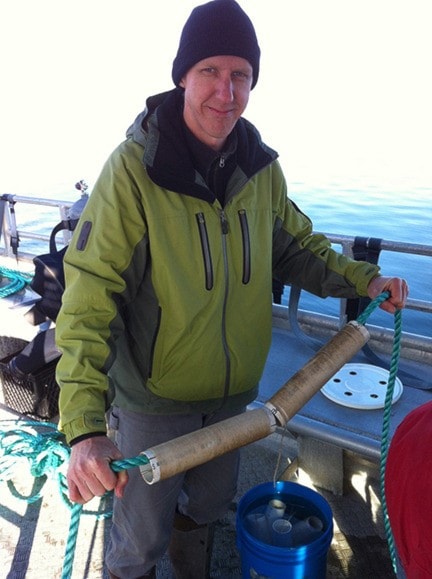Project Watershed has added a new restoration initiative as part of its ‘Keep It Living” estuary campaign.
“For the last three years, Project Watershed has focused its estuary restoration efforts on tidal marshes,” said Project Watershed technical director Dan Bowen.
A tidal marsh is a type of marsh that is found along coasts and estuaries, of which the flooding characteristics are determined by the tidal movement of the adjacent estuary. Two vegetation systems are prominent: a shoreline salt marsh with small channels for fish migration and eelgrass which runs into the water (intertidal exposed at low tide and subtidal under the water).
These vegetation systems are part of the salmon highway as pacific salmon migrate from ocean to upland rivers and back again. They provide important habitat for feeding and protection from predators such as the harbour seal. These habitats are also crucial to other estuarine wildlife including forage fish and water birds.
“Another important component of this natural highway are kelp forests,” said Paul Horgen, chair of the Project Watershed board. “On January 28, our society started a new habitat restoration initiative by planting our first bull kelp sites.” Bull kelp beds or forests provide additional critical habitat for fish, including juvenile salmon, but have been in serious decline in local waters in recent years.
“The new initiative, in collaboration with the Nile Creek Enhancement Society (NCES), aims to stimulate bull kelp recovery by growing kelp plants on bottom-anchored lines at two sites, one near the Kingfisher Resort and the other near Royston,” said PW director Bill Heath.
From adult plants produced by summer or fall, there will be new habitat and carbon fixation as well as release of reproductive spores to start new kelp beds in the area.
The kelp sites were planted by Rob Zielinski (Hornby Island Diving and NCES), Julian Laffin (NCES) and Bill Heath (NCES and PW director) using kelp seed (immature plants on spools of twine) that was wrapped on grow-out rope secured to anchors.
